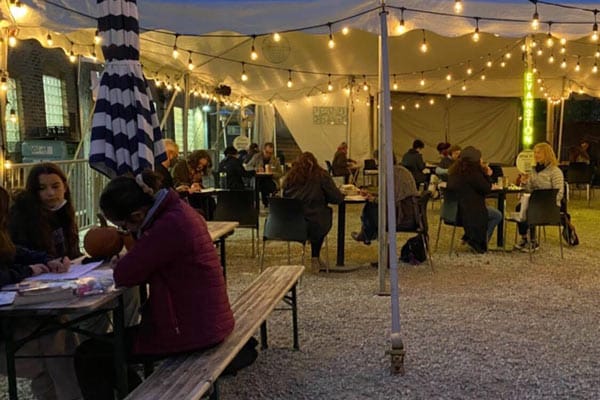
Six Things You Can Do To GOTV
GOTV has arrived! Sister District outlines the 6 things you can do this election season to help get out the vote.
Campaigns treat voters differently depending on where they are in the campaign cycle. Ideally, a campaign has the resources to target voters with even more specific messaging according to their past voting history, issues they care about, or other demographic factors. But all campaigns, from city council to president, follow the same basic steps:
Voter messaging during the election cycle can basically be divided into two parts: persuasion and “get out the vote,” or GOTV (pronounced gee-oh-tee-vee). Sometimes referred to as “get out to vote.” Persuasion messaging happens from the moment a candidate declares they are running for office, right up until the Saturday before Election Day. But by that Saturday, the campaign has (hopefully!) convinced enough people that the candidate deserves their vote, and now the only remaining task is to actually get those voters to the polls.
Although “getting out the vote” is often used in popular culture to indicate any voter engagement or voter education activity, in the professional campaign world GOTV refers to only one thing: Election Day, and the three days leading up to it. While GOTV can be bipartisan, increased voter turnout historically favors Democrats. Ultimately, Democratic voters make up the majority of the electorate, so getting people out to vote is vital to building progressive power in state legislatures and governments that actually represent the people.
One of the very first activities a campaign will undertake is to identify where their district’s “hard yes,” persuadable, and “hard no” voters live. In state legislature races, this is typically done by analyzing past voter data collected and maintained by the state party organization. Each campaign analyzes past voter data on a precinct-by-precinct basis, creating a “roadmap” or “blueprint” that identifies how many votes the candidate needs to win, and exactly where those votes could come from.
Then, it’s time for your Sister District team of volunteers to hit the pavement, knock on doors, phones, texts, and postcards to convince those swing voters to vote for your candidate!
It’s (social) science! These messages work best to get voters to the polls during GOTV. Sister District Action Network Associate Director of Research Mallory Roman explains the important takeaways from Yale’s latest research in this video. The best way to increase voter turnout is to:
Having reliable voter data is critical to every campaign. Without it, the campaign can’t have an accurate picture of where their likely voters, persuadable voters, and unlikely voters are. On state legislature campaigns, budgets are typically small, and they can’t afford to waste precious dollars or staff time repeatedly contacting voters who are strong “no” votes. The more accurate the database, the more efficient the campaign and volunteers can be in contacting the right voters.
Activities that give campaign staff and volunteers an opportunity to have a conversation with a voter (canvassing, phonebanking, and textbanking) mean that more data can be added to that voter’s record, which will inform later campaign operations. A voter database is usually called the “voter file” or “list.” So, this function is referred to as “cleaning the list.”
For example, if a volunteer speaks to a voter on the phone, and that voter tells the volunteer that they have moved and do not live in the district anymore, the volunteer can mark the voter as “moved,” and the campaign knows to not spend any additional money or time trying to contact that person again through direct mail, canvassing, or phonebanking.
There isn’t much reliable research on the efficacy of postcarding (although we have conducted some of our own, through our affiliated 501(c)4, Sister District Action Network. Postcards are clearly a great way to activate new volunteers, who aren’t ready to have direct conversations with voters yet.
But one thing is for sure: postcards can’t help clean the voter list, because it’s a one-way interaction and we can’t get any feedback from the voter. So, even though writing postcards is a fun way to dip your toes in political activism, we encourage all our volunteers to transition into having direct conversations with voters whenever possible.

GOTV has arrived! Sister District outlines the 6 things you can do this election season to help get out the vote.
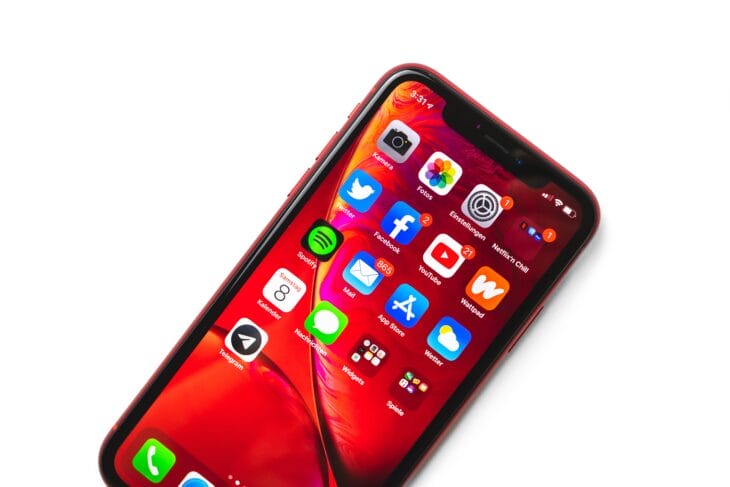
Abstract: Sister District Action Network (SDAN) and the Mississippi NAACP (MS NAACP) partnered to conduct an experiment around GOTV text messaging during the days leading
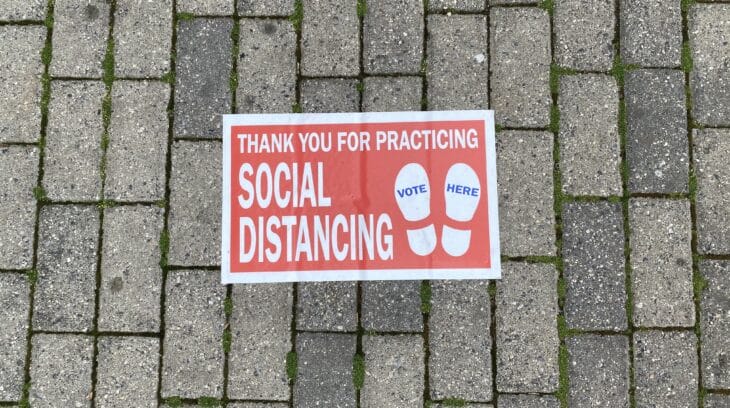
In 2020, there is a particularly urgent need for new volunteers to step up to staff the polls so that everyone can vote safely and efficiently, and with confidence that their vote will be counted accurately. Learn more about how to become a poll worker.

It’s Our Last Chance to Flip Virginia Virginia has a special place in my heart. I have family in Northern Virginia, Virginia Beach, Roanoke, and
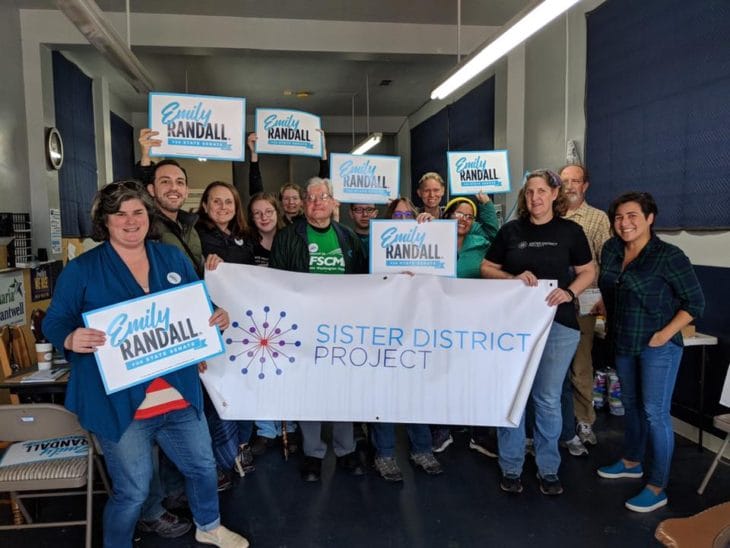
Get Out More Votes, More Effectively The temperature is dropping, the leaves are changing, and pumpkins are popping up on front porches all over the
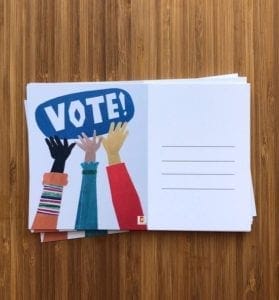
We ran two randomized controlled trials in the Fall of 2018 to determine if receiving a handwritten postcard encouraging the target to vote increased the odds of voters turning out to vote for in the 2018 general election in Pennsylvania and Michigan, and further sought to determine if those odds differed based on the postcard message.

Checks can be sent to:
Sister District Project
440 North Barranca Avenue, #8737
Covina, California 91723